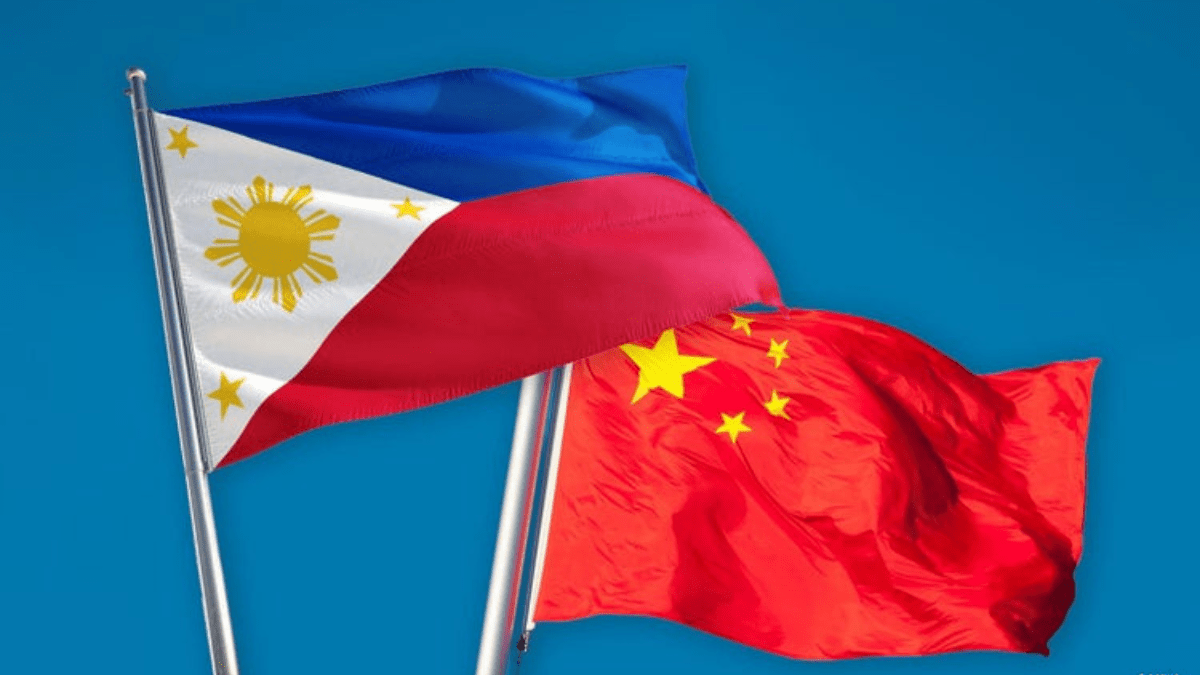China vs Philippines: A Comparison of Military Strength

In the realm of geopolitics, understanding the military capabilities of nations is crucial for assessing regional power dynamics and potential conflicts. In this article, we present a comparison of military strength between China and the Philippines. While China possesses a robust military force, the Philippines, as a smaller nation, has its own unique strengths and challenges in ensuring national security.
China vs Philippines: A Comparison of Military Strength
China’s Military Strength
China boasts one of the world’s largest military forces, known as the People’s Liberation Army (PLA). With a vast defense budget and a strong focus on modernization, China has significantly enhanced its military capabilities in recent years. The PLA encompasses various branches, including the Army, Navy, Air Force, and Rocket Force, equipped with advanced weaponry and cutting-edge technologies. China also possesses a considerable number of submarines, aircraft carriers, and ballistic missiles, solidifying its position as a formidable force in the region.
The Philippines’ Military Strength
As a smaller nation, the Philippines maintains a relatively modest defense force known as the Armed Forces of the Philippines (AFP). The AFP consists of the Army, Navy, Air Force, and Marine Corps, all working collectively to safeguard national security. While the Philippines may not have the same scale of military resources as China, it has notable strengths in areas such as counterinsurgency operations and maritime domain awareness. The country’s strategic location in Southeast Asia provides advantages in terms of regional cooperation and alliances.
Challenges and Priorities
Both China and the Philippines face distinct challenges in their military landscapes. For China, its increasing military assertiveness in the South China Sea has raised concerns among neighboring countries and sparked territorial disputes. Balancing its regional influence while maintaining stability is a key challenge for China. On the other hand, the Philippines faces security threats from internal conflicts and terrorism, particularly in the southern region of Mindanao. Strengthening internal security, enhancing disaster response capabilities, and developing a credible deterrence against external threats are among the priorities for the Philippines.
Regional Dynamics and Diplomacy
China’s growing military strength has raised questions about its intentions and influence in the Asia-Pacific region. Its assertive actions, such as the construction of artificial islands and disputed territorial claims, have led to tensions with neighboring countries, including the Philippines. As a response, the Philippines has pursued a diplomatic approach, engaging in multilateral dialogues and forging alliances with other nations to ensure a peaceful resolution to territorial disputes and promote regional stability.
The comparison of military strength between China and the Philippines highlights the contrasting scales of their respective defense forces. While China possesses a significant advantage in terms of resources, technology, and force projection, the Philippines focuses on maintaining a capable defense force tailored to its specific needs. As regional dynamics continue to evolve, it is crucial for both countries to prioritize diplomacy, engage in constructive dialogue, and seek peaceful solutions to disputes. Ultimately, the aim should be to promote stability, security, and cooperation in the Asia-Pacific region.
An aspiring Journalist and Editor, I am Clint Magada currently studying at the Polytechnic University of the Philippines. I am a freelance writer and Graphic Designer.





